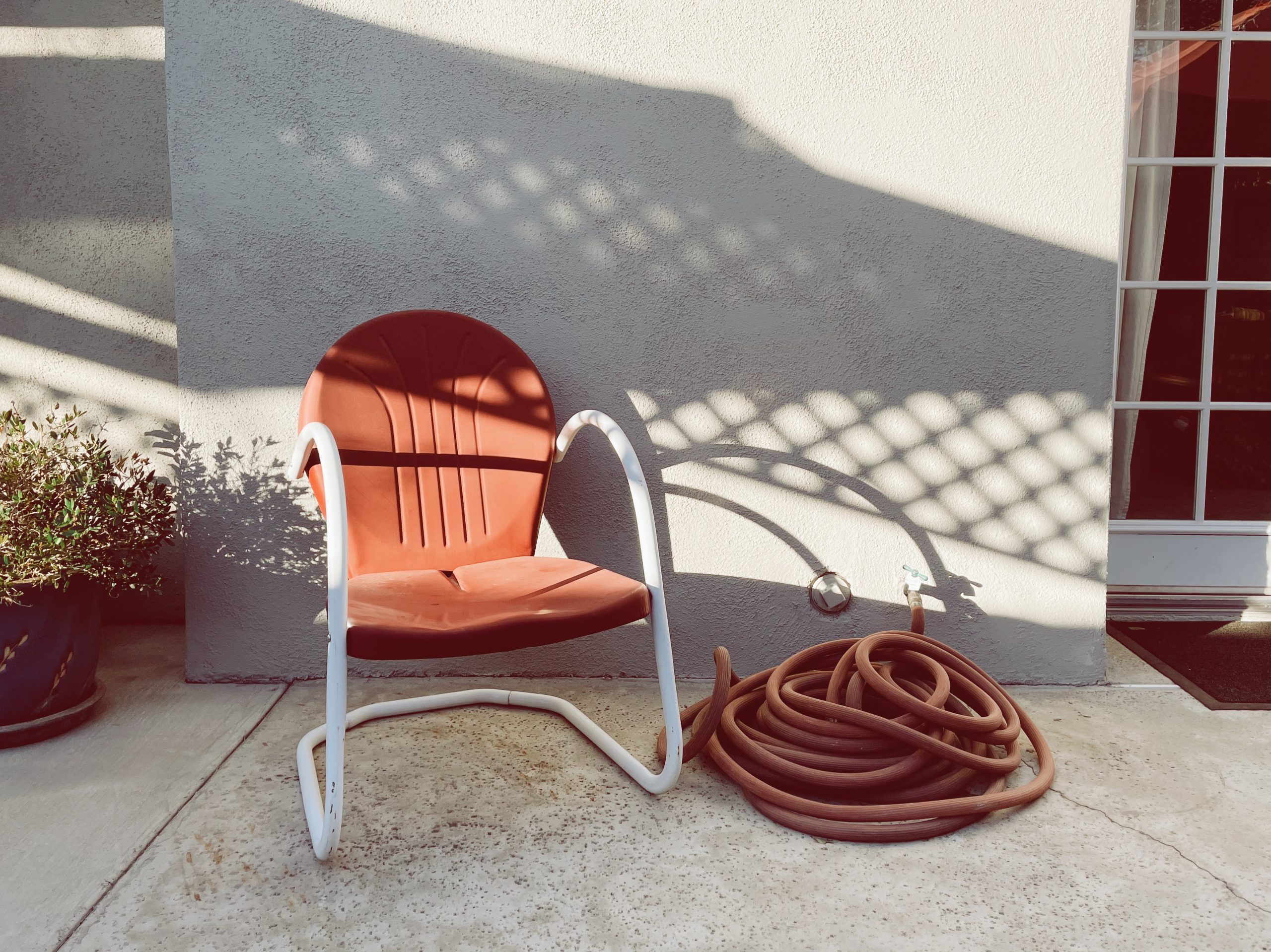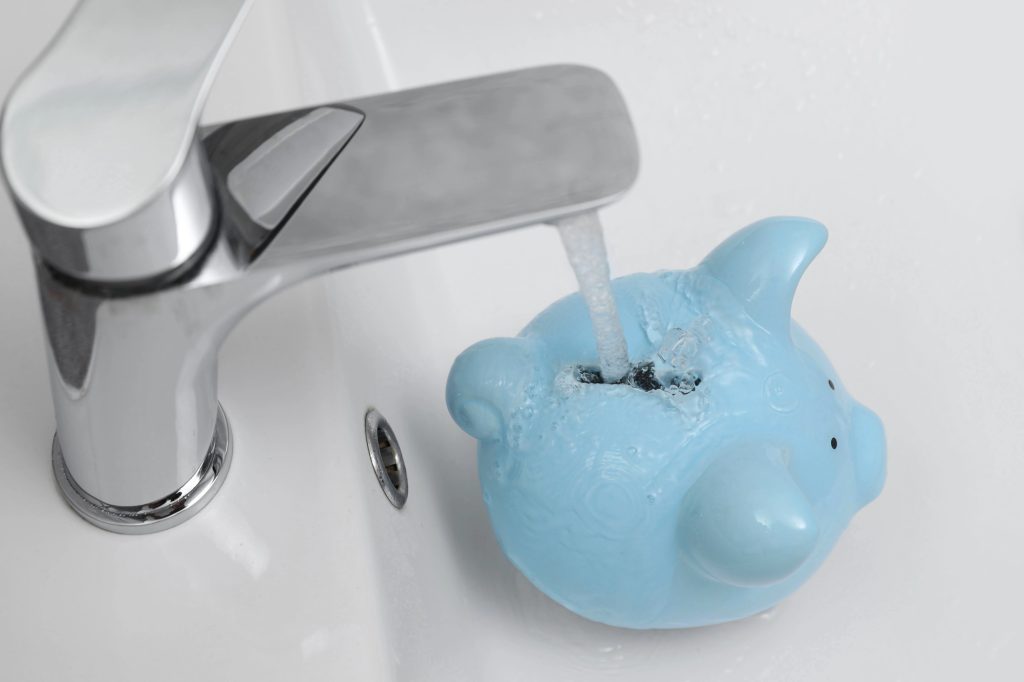What is a frost-free spigot and why do I want one?
July 6th, 2021
Garden hoses get their water from the same plumbing pipes as the rest of our household water but their tap or spigot is generally located on an exterior wall. There are different types of spigots and the best type for the harsh winter climates here in Gatineau are frost-free spigots. In this article, the indoor and outdoor plumbing experts at Plomberie Lalonde will walk you through the ins and outs of frost-free outdoor water taps.
The Correct Term is Hose Bib
Before we dive in, let’s clear up a common issue: the proper name for an outdoor water spigot is a bib. We’ve heard it called a lot of things:
- frost free hose bib
- outdoor tap
- spigot
- garden service
- lawn service
- hose faucet
- hose valve
- hose attachment
- lawn hydrant
We’ll be flipping back and forth between these common terms in this article so that everyone can be reassured that we’re talking about the right thing. Yes, we’re talking about the place where you hook up your hose to the side of your house or garage so that you can use a garden hose outside.
We don’t often think twice about how our outdoor water tap works and how it needs to be maintained, but the fact that it is part of your main plumbing system attached to the municipal water supply means that it must be:
- the right type of tap to withstand winter freezing
- installed correctly
- properly maintained
If we were to ask homeowners today what is the most important part about their outdoor water tap, they’re likely to respond “location of the spigot” or “having multiple taps”. We get it! You want your garden hose to be a manageable length and be able to reach everywhere you want water for:
- washing your car
- watering the lawn
- working in the garden
- filling the pool
- playing in the sprinkler
- rinsing off patio furniture
- washing windows and siding
- a dozen other uses for an outdoor water source
But as professional plumbers, we consider safety as the primary focus when working with hose bibs. There are two main areas of concern when it comes to the proper installation and maintenance of outdoor water spigots: drinking water safety and frozen pipes.
Connection to municipal water supply
Improper installation and insufficient water pressure can cause backflow, or water flowing in the wrong direction. This backflow could introduce toxins such as herbicides, fertilizer, and other outdoor chemicals into the water supply and ultimately contaminate the water supply for your entire community.
Exposure to winter climate
When pipes freeze, they burst. A frozen hose bib could end up flooding your entire basement.
For these two reasons alone, it is essential that hose bibs are professionally installed by qualified plumbers. If you are replacing, moving, or adding more exterior water spigots to your property, seek out the advice of a trusted plumbing team to make sure you’re not endangering the water supply and that your bib can withstand the harsh winter temperatures.
Frost-free Hose Bibs: Best Choice for Cold Winters
Frost-free hose bibs (also known as spigots, taps, faucets, etc.) are a great choice for homes which experience freezing winter temperatures. They are designed to prevent the tap and adjoining pipes from freezing even though they are mounted outside. It accomplishes this level of protection by ensuring that the water supply to the tap is stopped farther into the pipes inside your home instead of right at the faucet opening.
Note: Some homes also have a shut-off valve for their hose bib, and while this adds an extra level of security against winter freezing, it is not necessary.
If you don’t have a frost-free hose bib, you will have to take extra precautions that your pipes don’t freeze in the winter. These steps include:
- removing and draining garden hoses
- closing the shut off valve
- bleeding the pipes
- leaving the tap in an open position
- covering the faucet with an insulated cover
- wrapping any exposed pipes
The benefit of a frost-free hose bib is that you don’t have to do any of these extra winterizing steps in the fall. Once you have removed and stored away your garden hoses and attachments, you can opt to close your shut-off valve if you have one, and then you’re done.
Trust the professionals
If you want to add another outdoor hose bib so that you can reach more areas of your property with ease and comfort, always turn to a professional plumber to do the job. If installed incorrectly, a DIY hose bib poses a risk to water supply contamination and burst pipes in the winter.
The indoor and outdoor plumbing experts at Plomberie Lalonde in Gatineau have extensive experience with the installation, maintenance and repair of hose bibs are just a phone call away if you need us. Let’s connect!




